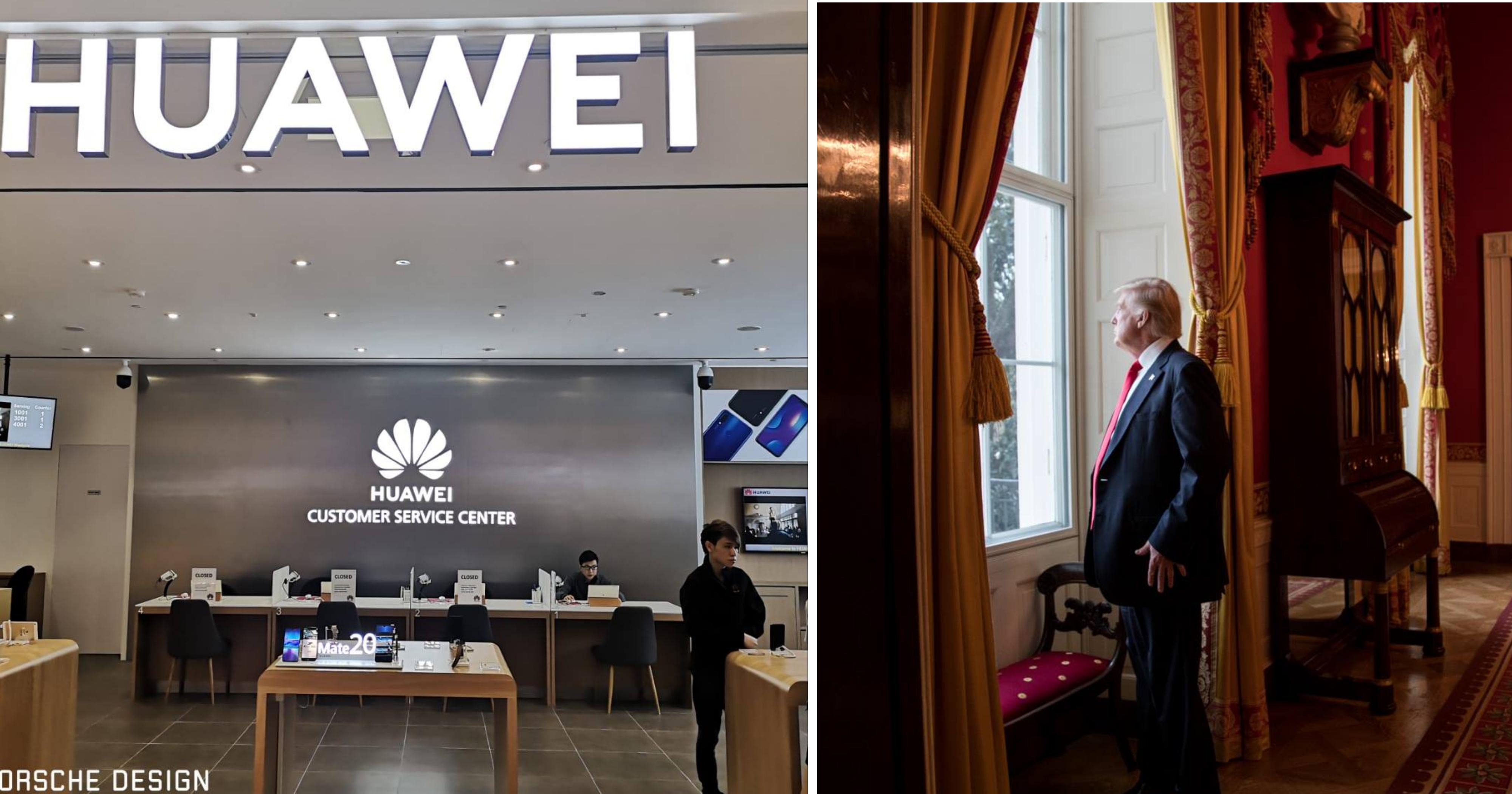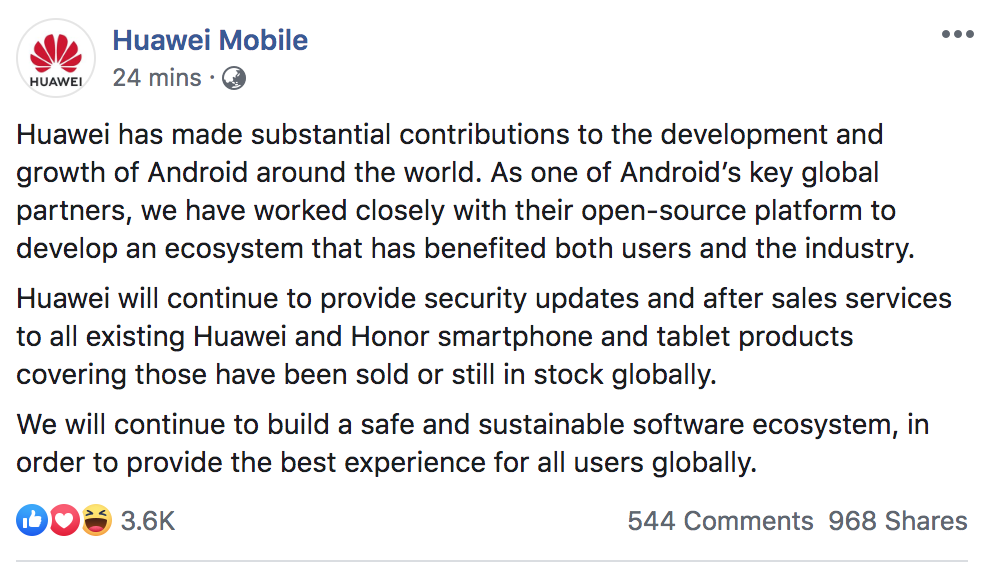Huawei has been in a tense relationship with the U.S. for a while now.
Perhaps one of the many ignition points can be traced back to December 5, 2018.
That day Huawei's global chief financial officer (CFO), Meng Wanzhou, was arrested in Canada, with intentions of extraditing her to the U.S.
Even though she was eventually released on bail, the damage was done.
But this current kerfuffle has its roots in an incident long before that, with a company that wasn't even Huawei, imposed by a president that wasn't even Trump.
ZTE in 2012
ZTE is a Chinese multinational telecommunications equipment and systems company.
In 2012, ZTE and Huawei got into quite a messy situation with the U.S. government on national security issues.
ZTE was basically accused of illegally exporting U.S. technology to Iran and North Korea.
President Xi of China, and I, are working together to give massive Chinese phone company, ZTE, a way to get back into business, fast. Too many jobs in China lost. Commerce Department has been instructed to get it done!
— Donald J. Trump (@realDonaldTrump) May 13, 2018
They were eventually fined S$1.74 billion on those charges in 2017.
Another part of that fine was ensuring key personnel changes were undertaken.
It was here that ZTE was judged lacking.
This led to a near three-month ban where the company was banned from buying American-made components crucial to their product lines.
If you think that sounds familiar, maybe that's because it's kind of happening again now.
Devastating
So how did the ban affect ZTE?
In short, it was crippling.
According to SCMP, this led to the Shenzhen-based company shutting down their operation for nearly four months.
"The export ban which blocked US vendors from selling components to ZTE forced the Shenzhen-based company to shut down its entire operation for nearly four months last year as most of its products, including smartphones, are based on key technologies supplied by US vendors."
So guess who was carefully studying these effects throughout?
Yup, it was Huawei.
While they were spared the kind of crippling sanctions that ZTE went through, Huawei was suffering their own fallout for that Iranian sanction breach.
One of which was the aforementioned arrest of their CFO.
So they began working on contingency issues.
Their OS
South China Morning Post (SCMP) was reporting on Huawei's attempts to develop their own OS from as early as April 2018.
"The company has been developing and perfecting its own smartphone OS"
That speculation was confirmed earlier this year, in March 2019, when Huawei's mobile chief Richard Yu Chengdong confirmed that they have indeed developed their own OS.
So alls good right?
Not exactly.
A SCMP report went into detail on just why this new OS might not be the solution to their problems, because there is a reason why they aren't using it right now, and why Android and iOS currently make up 99% of operating systems.
Even with their own OS, the sources pointed out that "the system does not have many third-party apps developed for it".
Which would be tantamount to a death knell in terms of consumer-friendliness.
Google has indicated it will stop licensing their Android mobile operating system to Huawei.
People familiar with the situation said that the new OS was not on the same level as Android, and was being reserved for "worst-case scenarios"
Well maybe now it's time to bring it out then.
Related
Image from Huawei and Trump's Facebook page
If you like what you read, follow us on Facebook, Instagram, Twitter and Telegram to get the latest updates.

